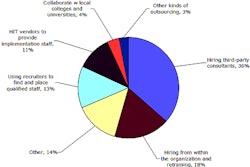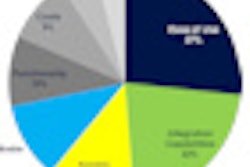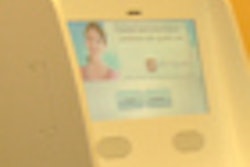As the U.S. Department of Health and Human Services (HHS) dangles financial incentives to adopt electronic health records (EHRs) in front of physician practices, the Center for Studying Health System Change reports that fewer than 7% of office-based physicians used e-mail in 2008 to communicate with their patients.
The center's survey polled a sample of office- and hospital-based physicians affiliated with the American Medical Association. The sample did not include radiologists, anesthesiologists, or pathologists, because the center assumed that these medical specialists did not have direct contact with patients. More than 4,700 physicians responded, representing a 62% response rate. The surveyed sample ultimately excluded 542 emergency physicians and hospitalists from the e-mail usage evaluation.
Sixty-five percent of 4,258 physicians reported that e-mail was not available in their practice. An additional 13% reported that they did not use their practice's e-mail. While there was little variation in adoption across specialties, general internists (28.3%) were more likely to use e-mail routinely compared to other medical specialists (17.5%).
These statistics did not imply that these physicians were computer adverse. Sixty-two percent used computers to remotely view results of radiology, lab, and other diagnostic tests; 48% accessed patient notes, medication lists, or patient records; and 32% used e-prescription systems.
Lack of financial incentives and increased workload were the primary barriers respondents cited for not using e-mail. Uncertainty about effects on quality of care, medical liability issues, and challenges related to data privacy and security were also cited.
In its report, the research organization questioned whether physicians will actually use e-mail in the absence of additional reimbursement for the extra costs required to use e-mail to communicate with patients to better coordinate patient care.
The group also recommended that policy makers more systematically explore whether e-mail or other secure electronic communication can deliver on its promise to enhance communication, increase patient engagement and satisfaction, improve patient outcomes and quality of care, and boost efficiency. The report may be accessed by clicking here.
In contrast to the center's results, a 2009 survey conducted by the California HealthCare Foundation reported that 50% to 70% of adults were interested in using e-mail to communicate with their doctors, but only 8% of its survey respondents had ever sent or received such an e-mail. This statistic corroborates the findings reported by the Washington, DC-based organization's 2008 Health Tracking Physician Survey.
Related Reading
Patient notification letters: How to keep them hush-hush and HIPAA-compliant, April 2, 2003
Copyright © 2010 AuntMinnie.com



















